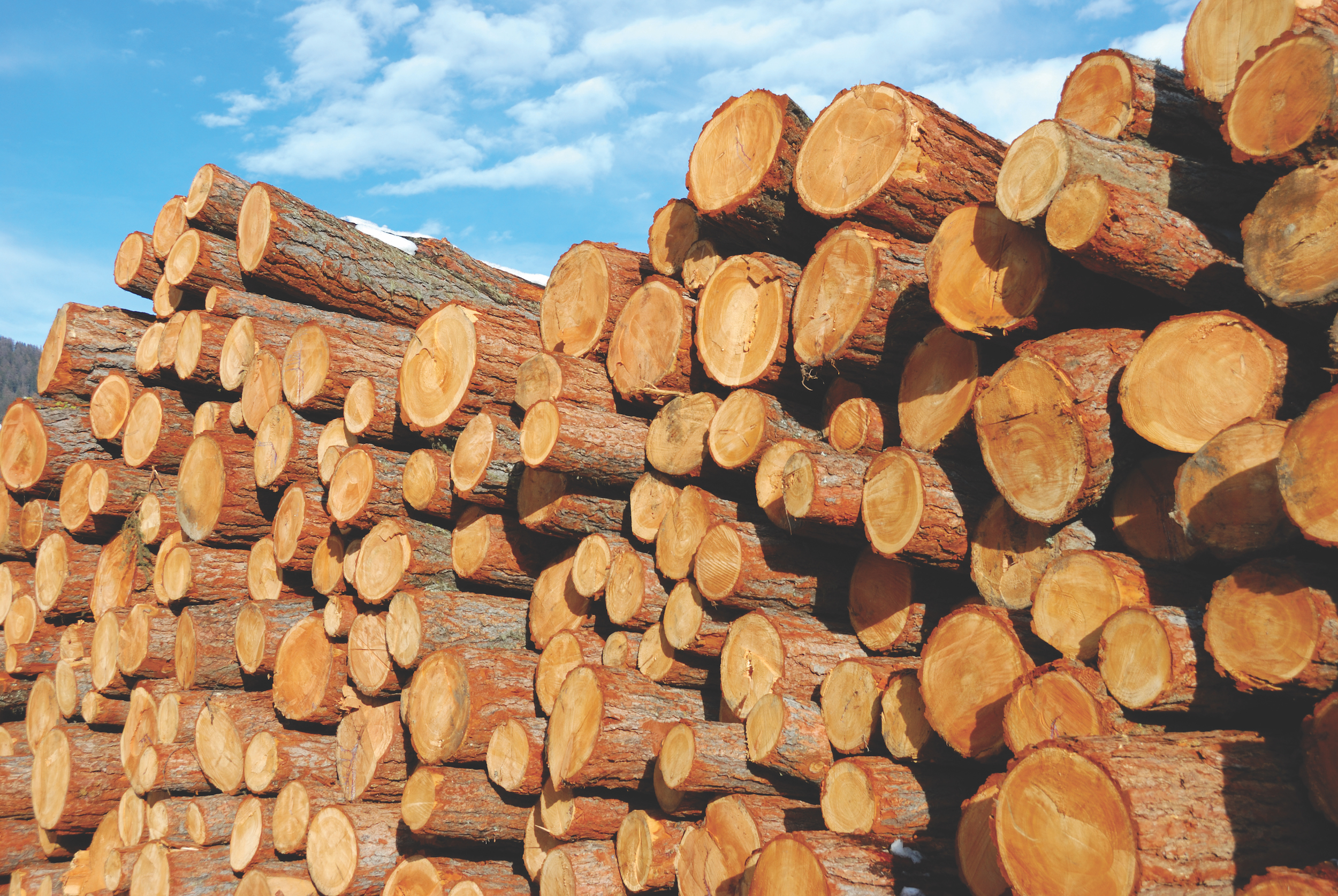
We All Need Trees
Students are often surprised to learn how many different products we get from trees. Use this activity to help students learn just how much we depend on trees in our daily lives.

Students are often surprised to learn how many different products we get from trees. Use this activity to help students learn just how much we depend on trees in our daily lives.

Students learn about the papermaking process by trying it themselves. Students will find out that they can make their own paper and that their product is practical, as well as beautiful.
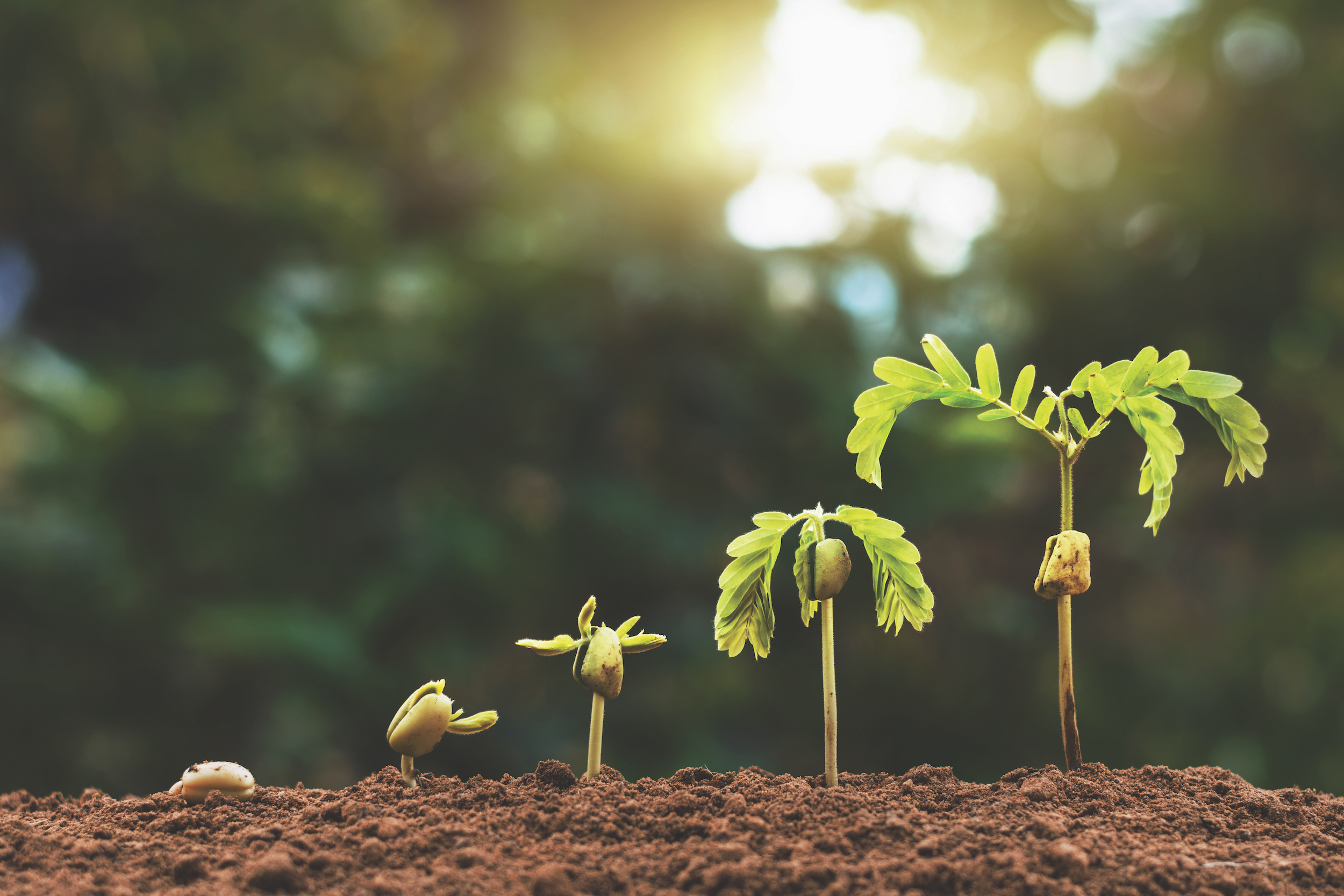
Students observe differences over time to learn that change in the environment can occur quickly, slowly, or not at all.

Students imagine that they are visitors from outer space, viewing life on Earth for the first time. By describing in minute detail all the life they find in a small plot of land, they will become more aware of the diversity and abundance of life.
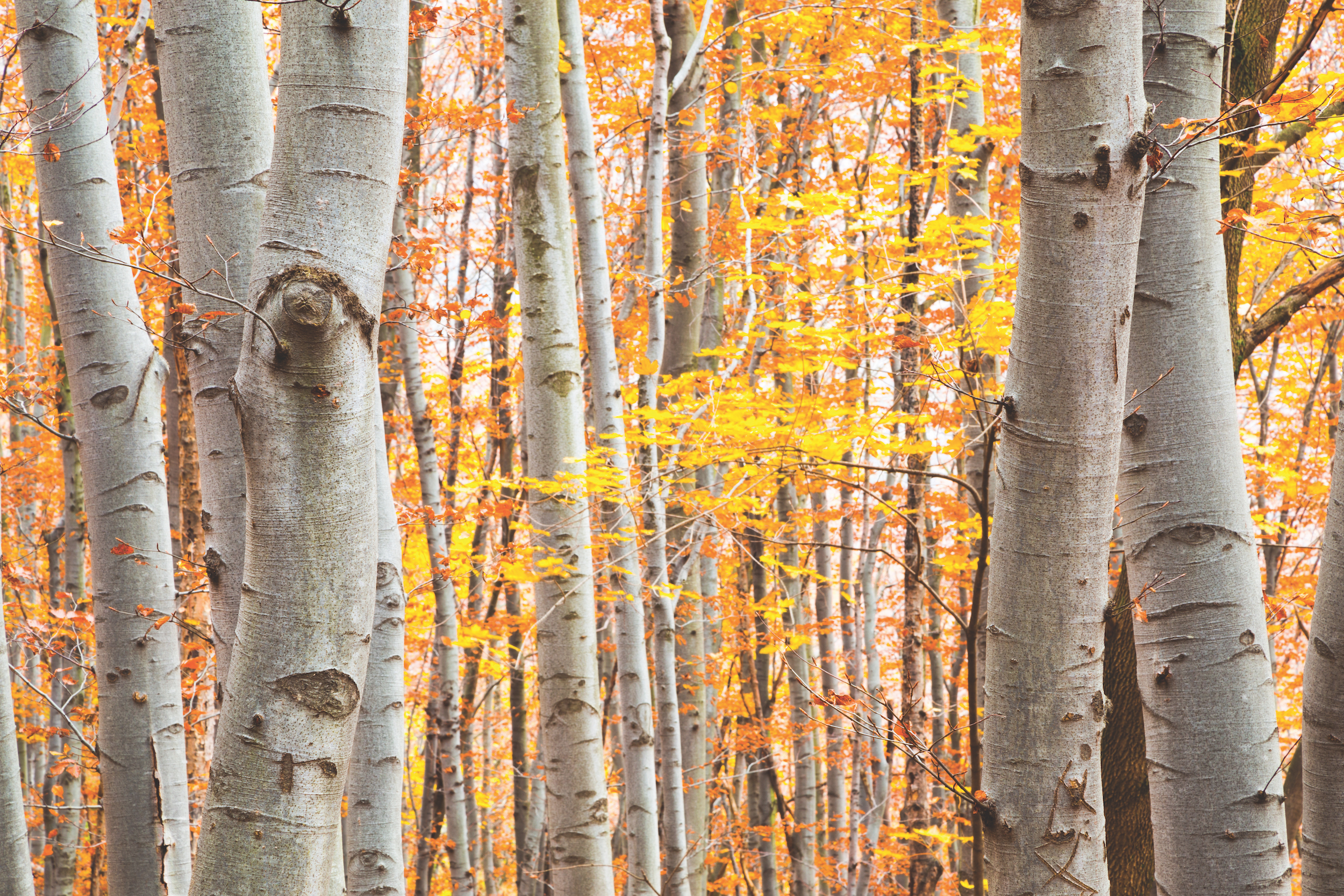
Students explore their sense of smell and discover why smell is important to animals, including beetles and humans.
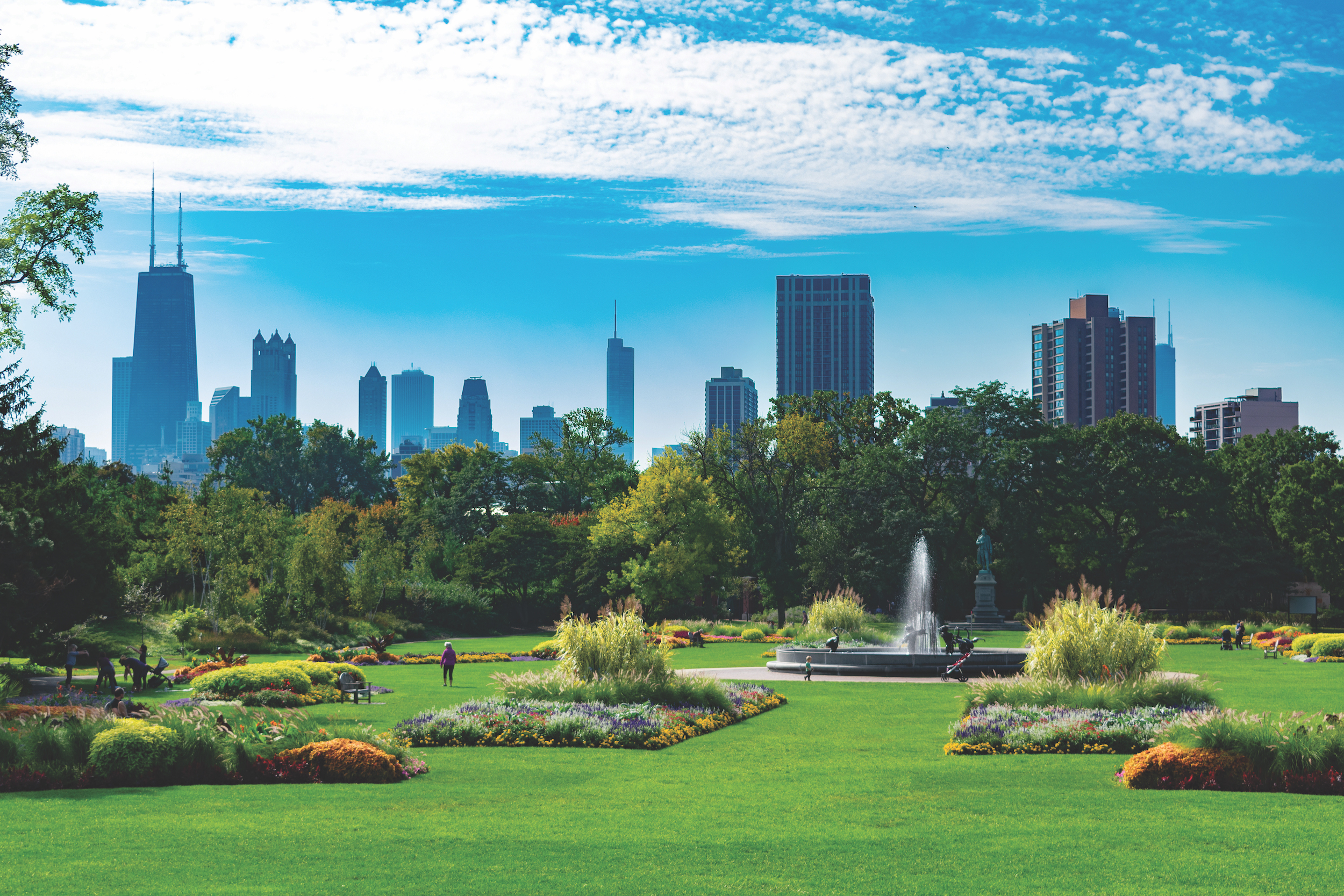
The trees in our communities provide many benefits: they improve air quality, store carbon, and conserve energy.
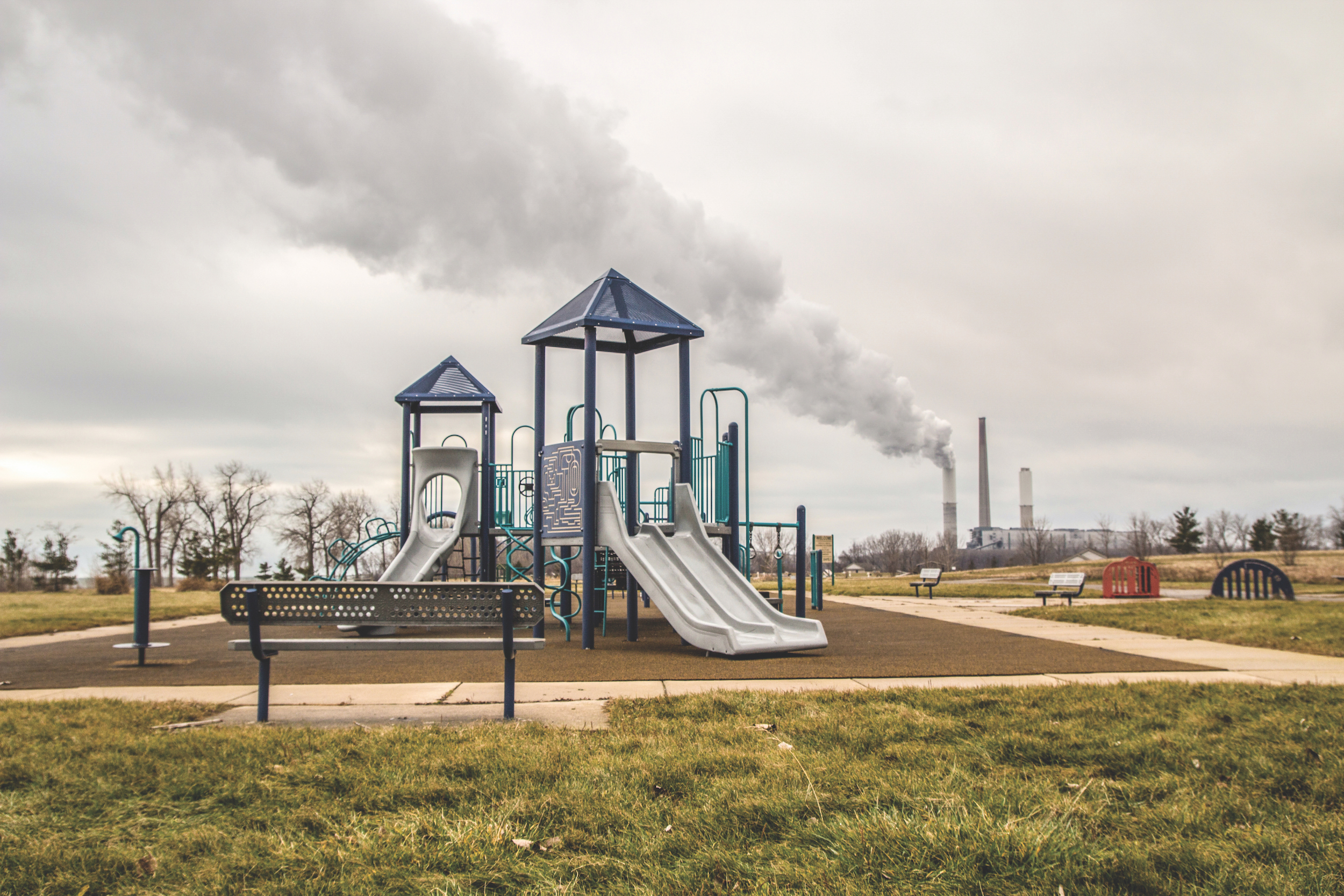
Everyone has an equal right to a healthy environment—but does everyone have a healthy environment?
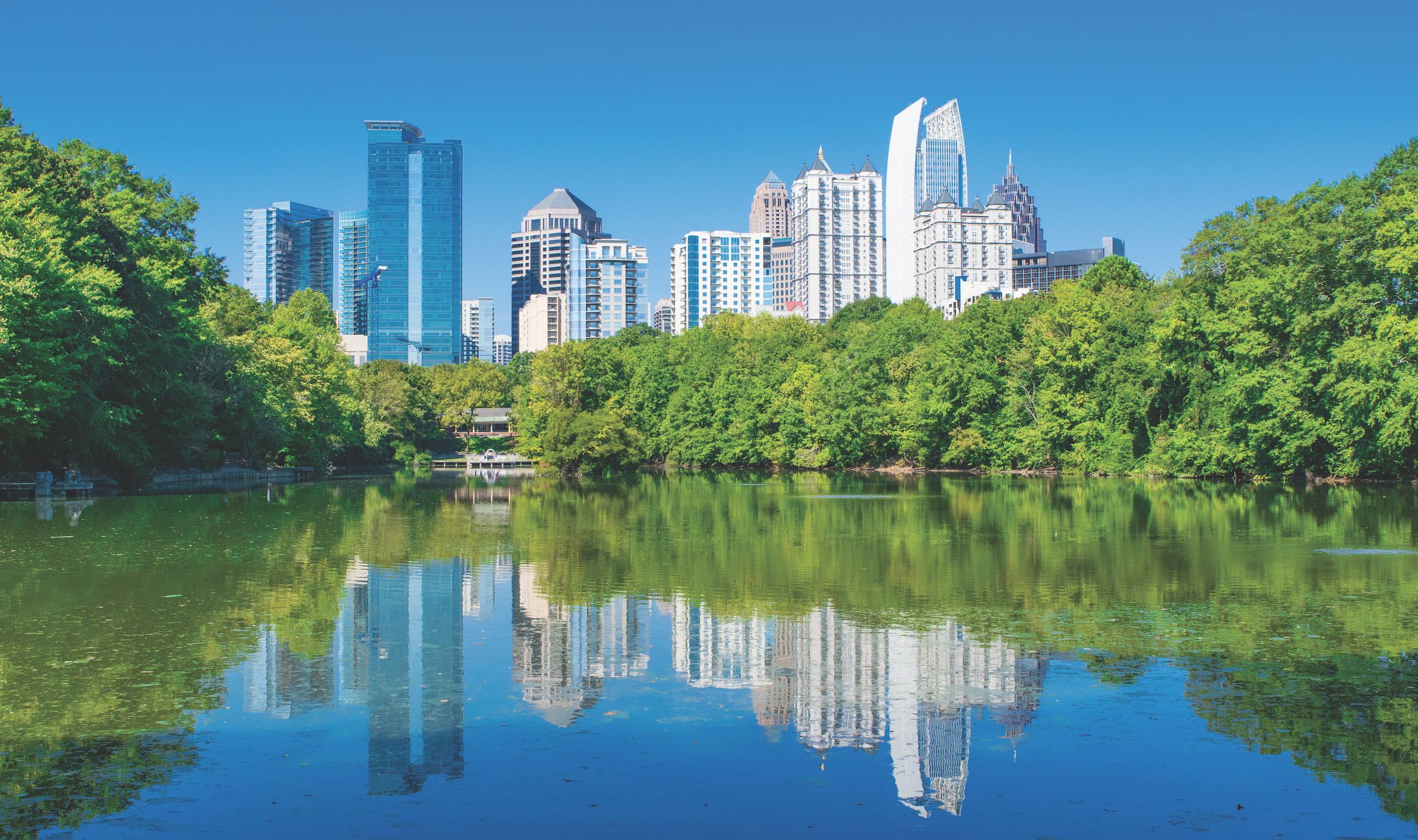
Decisions about community land use are complex and often involve many people in many ways. In this activity, students use trees as a backdrop to develop a land-use plan.
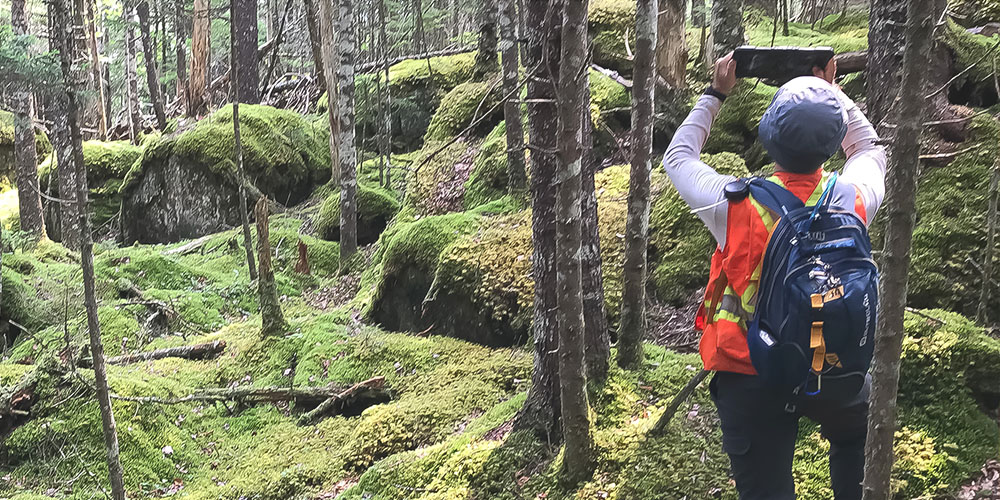
Learners explore the concept of sustainability by examining the United Nations’ 17 Sustainable Development Goals, while also taking a look at some jobs involved in ensuring forest sustainability.

Acting as foresters, learners grapple with decisions about how to manage a forest sustainably while serving different needs.